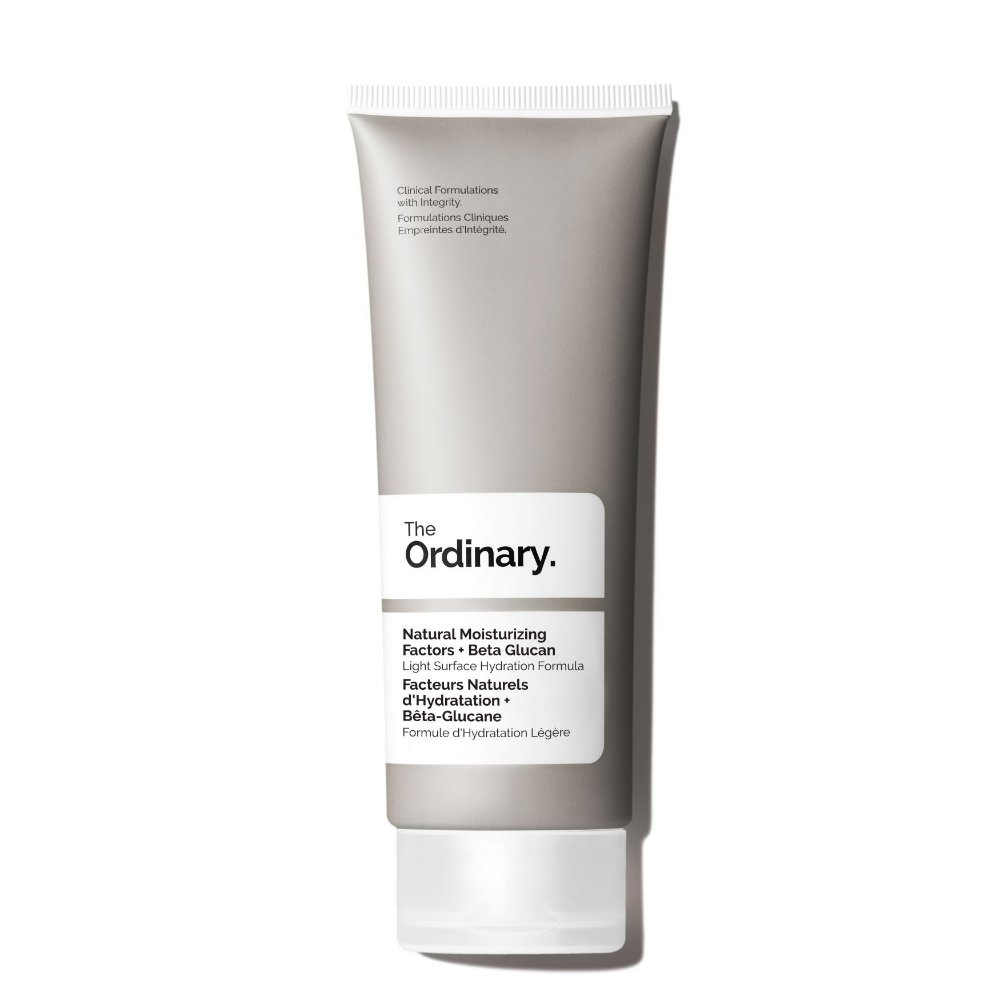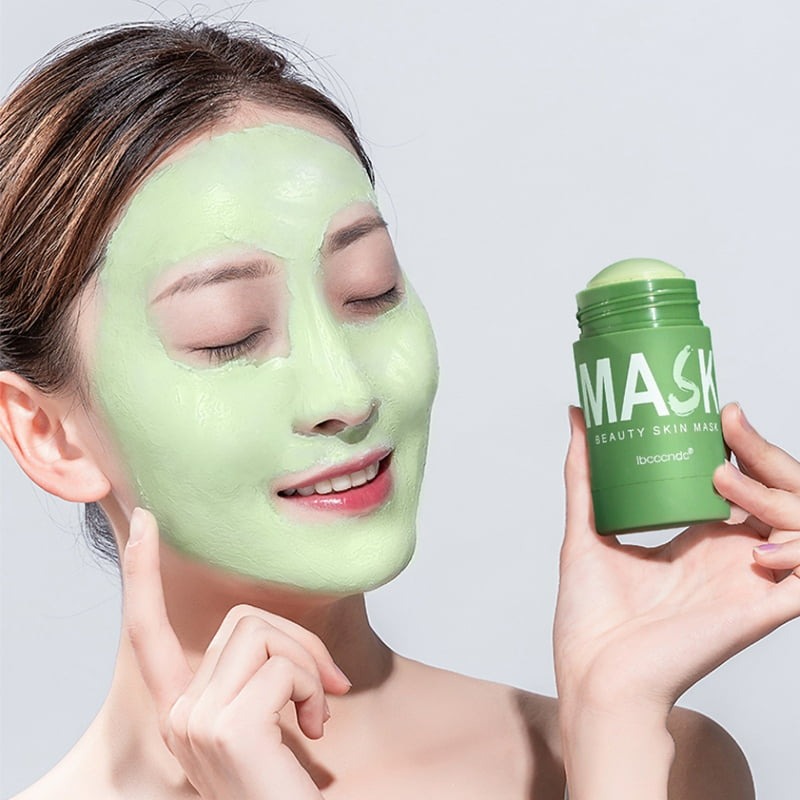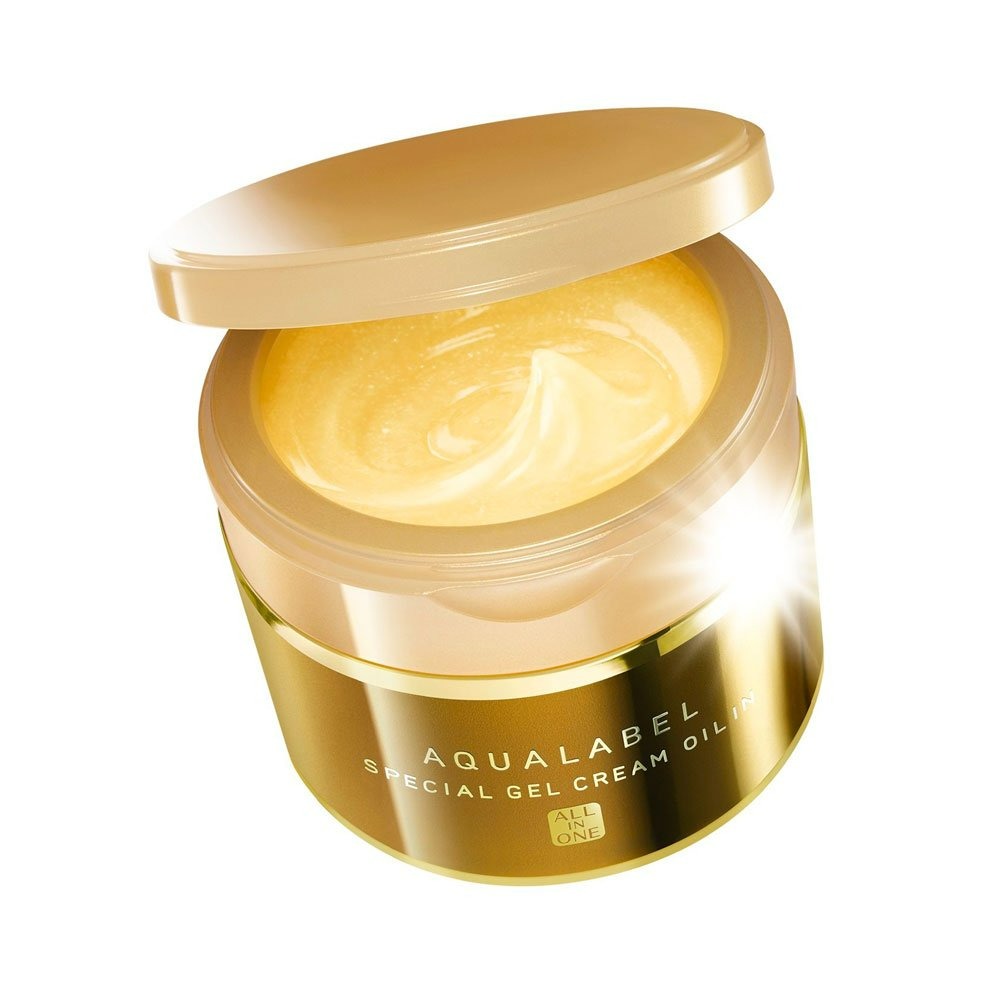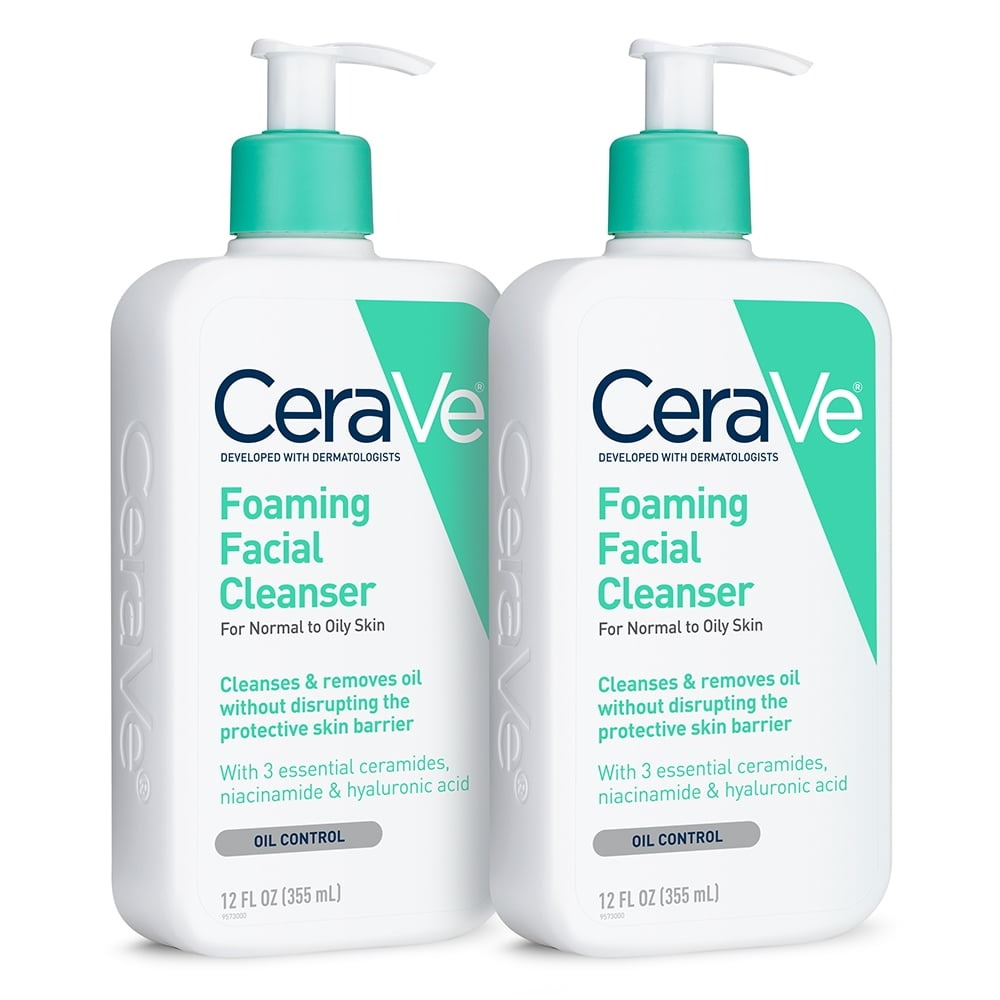Seasonal changes bring about shifts not only in weather and wardrobe but also in our skin’s needs. Every season presents unique challenges for our skin, such as increased dryness in winter or oiliness in summer. Therefore, adjusting your skin care routine order accordingly becomes crucial to maintaining healthy, glowing skin year-round. This article explores how different seasons affect our skin and provides actionable strategies to optimize your daily routine.
Understanding Your Skin’s Needs Throughout the Year
Your skin undergoes various changes depending on external conditions. It reacts to temperature, humidity, and even sunlight in different ways. For instance, during hot and humid months, your skin may become oilier as sweat glands work harder. Conversely, dry, cold weather can strip moisture from the skin, leading to flakiness and irritation. Understanding these changes enables you to tailor your skin care routine order effectively.
In winter, the air becomes cold and dry. As a result, your skin may feel tight and lose its natural moisture. You may notice increased sensitivity or redness. To combat this, you need to switch to gentler cleansers, richer moisturizers, and heavier oils. Summer, on the other hand, may require you to focus on balancing oil production and providing hydration without overloading your skin. Knowing these seasonal effects allows you to adapt your regimen to help maintain your skin’s health.
Let’s delve into an organized approach for each season, focusing on the ideal order of application and the best products to incorporate into your routine.

Spring: Rejuvenation and Renewal
As winter melts away, spring ushers in a renaissance for your skin. The humidity rises, and the air becomes more forgiving, which is great for revitalizing your skin. However, the transition can produce unexpected reactions, from allergies to breakouts triggered by blooming flora and changing temperatures.
Cleanser: Adjust to Gentle Exfoliation
Start with your cleanser. In spring, opt for a gentle exfoliating cleanser to remove dead skin cells accumulated over winter. Exfoliation reawakens dull skin, enhances your complexion, and prepares it for subsequent products. Look for ingredients like alpha hydroxy acids (AHAs) or beta hydroxy acids (BHAs). These help to slough off dead skin without stripping your skin of moisture.
Toner: Hydrate and Balance
Next in your skin care routine order comes the toner. Select one that hydrates and balances your skin’s pH. This step is crucial, as it prepares your skin for better absorption of subsequent products. Look for toners containing rose water, floral extracts, or hyaluronic acid to maintain moisture without heaviness.
Serums and Treatments: Target Specific Skin Concerns
Follow up with serums or treatments. In spring, your focus should be on treating specific concerns, such as fine lines or uneven skin tone. Vitamin C serums can brighten the skin and provide antioxidant protection. Apply these products in thin layers, allowing each ingredient time to work on your skin.
Moisturizer: Light Yet Effective
Your moisturizer should be lightweight yet hydrating. A gel-based moisturizer provides hydration without clogging pores or making you feel greasy, which is essential as the weather warms up. Pay attention to the ingredients; consider using products that include aloe vera or glycerin, which are excellent for retaining moisture.
Sunscreen: Protect Against Rising UV Levels
Lastly, don’t forget your sunscreen. With longer days and increased sunlight, it’s vital to shield your skin from harmful UV rays. Look for a broad-spectrum SPF of at least 30 and apply it as the final step in your morning skin care routine. Reapplication is necessary if you’re spending extended periods outdoors.

Summer: Oily Skin Management and Sun Protection
Summer can turn your skin care routine upside down, particularly if you struggle with acne or excessive oil production. The heat can exacerbate these issues, so you must adapt your routine accordingly.
Cleanser: Deep Clean and Purify
In the summer months, switch to a foaming or clay cleanser that can deeply cleanse and purify your skin. Look for active ingredients such as salicylic acid or charcoal that help unclog pores and minimize eruptions. A thorough cleansing ritual in the morning and evening becomes essential to remove sweat, sunscreen, and pollution from your skin.
Toner: A Boost of Refreshment
When considering your toner, opt for one that provides a refreshing cleanse while also being oil-controlling. Toners with witch hazel, tea tree oil, or glycolic acid can help regulate oil production without stripping your skin, combating the greasy feeling typical during summer.
Lightweight Serums and Treatments: Hydrate Without Heaviness
Your serum can focus on hydration without being too heavy. Consider a hyaluronic acid serum that draws moisture to the skin, providing hydration without added oils. For acne-prone skin, spot treatments containing benzoyl peroxide or salicylic acid can effectively manage breakouts without disrupting the overall balance of your routine.
Moisturizer: Emphasizing Oil-Free Formulas
A lightweight, oil-free moisturizer is vital in summer. Gel-based moisturizers work well, providing adequate hydration without feeling heavy. Look for formulas that contain ingredients like water, Vitamin E, or aloe Vera to keep your skin cool and hydrated.
Sunscreen: Layer It On
Sunscreen plays a significant role in summer. Use a broad-spectrum sunscreen specifically formulated for the face, ideally oil-free, to prevent clogged pores. Remember, reapplying is crucial—especially if you’re engaging in outdoor activities or sweating.

Autumn: Softening and Strengthening
As temperatures drop, your skin may feel the strain of dry air or changing temperatures. Autumn marks a transition period where you need to begin adding back in some moisture while maintaining a solid foundation of care.
Cleanser: Transition to Creamy Formulas
As summer fades, return to creamy cleansers that can hydrate while still effectively cleansing your skin. Look for products rich in nourishing ingredients like shea butter, olive oil, or other emollients that hydrate your skin deeply.
Toner: A Renewed Focus on Hydration
Your toner should shift toward products that provide soothing hydration and nourishment. Look for toners with added antioxidants like green tea or chamomile, which help protect your skin from free radicals while calming irritation from seasonal change.
Serums and Treatments: Strengthening and Repairing
In the autumn months, vitamins like A and C are ideal to reinforce your skin’s barrier and fight off environmental aggressors. A retinol serum can effectively minimize fine lines as your skin repairs itself from summer’s sun exposure.
Moisturizer: Nourishing and Protecting
Hydration is key. Opt for a thicker, more nourishing moisturizer that doesn’t feel heavy but offers deeper hydration. Serums containing omega fatty acids or ceramides strengthen the skin barrier while keeping moisture in.
Sunscreen: Don’t Let Your Guard Down
Even as days grow shorter, UV rays persist. Continue applying sunscreen daily to shield against damaging rays, which can lead to long-term skin issues. As always, it should be the final step in your morning routine.

Winter: Intensive Hydration and Repair
Winter presents the ultimate challenge for your skin. The dry, cold air strips moisture away, leaving skin parched, irritated, and more susceptible to breakouts.
Cleanser: Gentle and Hydrating
Ensure that your cleanser is exceptionally mild and hydrating. Cream-based cleansers that do not lather too much gently cleanse while maintaining your skin’s moisture barrier. Products that include soothing ingredients like oatmeal or coconut oil help combat dryness.
Toner: Enhanced Moisture Retention
During winter, your toner should be packed with hydrating agents. Opt for alcohol-free toners full of humectants that draw moisture into the skin such as hyaluronic acid or glycerin.
Serums and Treatments: Focus on Repair and Hydration
During the cold months, use powerful serums with hyaluronic acid, peptides, or vitamin E that promote restorative and repairing properties for your skin. This is the time to focus on deeply moisturizing and intensively nurturing your skin.
Moisturizer: Heavy Duty Hydration
Your moisturizer should be thick, rich, and full of hydrating elements such as shea butter, oils, or triple lipid formulas. These will fortify your skin barrier, combatting the harsh effects of winter air.
Sunscreen: The Unsung Hero
Lastly, continue using sunscreen, regardless of the season. UV rays remain strong in winter, especially when reflected off snow. A broad-spectrum sunscreen should be used daily.
Conclusion: A Dynamic Approach for Healthy Skin All Year Round
Your skin care routine order must adapt alongside the seasons to effectively support your skin’s unique requirements. Each season presents its own challenges, yet by understanding how to respond to those changes, you can cultivate a dynamic approach that keeps your skin healthy and radiant. Embrace seasonal shifts as an opportunity to refresh your regimen, and prioritize adaptation in your skin care routine order to maintain optimal skin health year-round. Balancing hydration, protection, and active ingredients can help your skin combat whatever climate throws its way, keeping it bright and balanced through every change of the seasons.